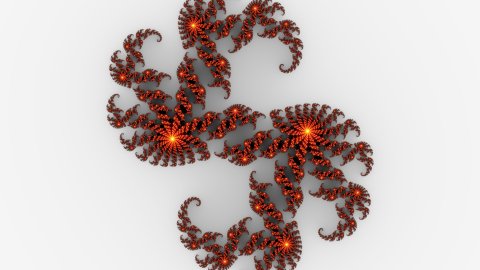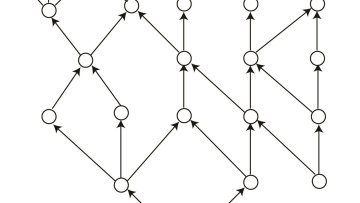Univariate and Multivariate Polynomials in Numerical Analysis
Abstract
We begin by reviewing numerical methods for problems in one variable and find that univariate polynomials are the starting point for most of them. A similar review in several variables, however, reveals that multivariate polynomials are not so important. Why? On the other hand in pure mathematics, the field of algebraic geometry is precisely the study of multivariate polynomials. Why?





